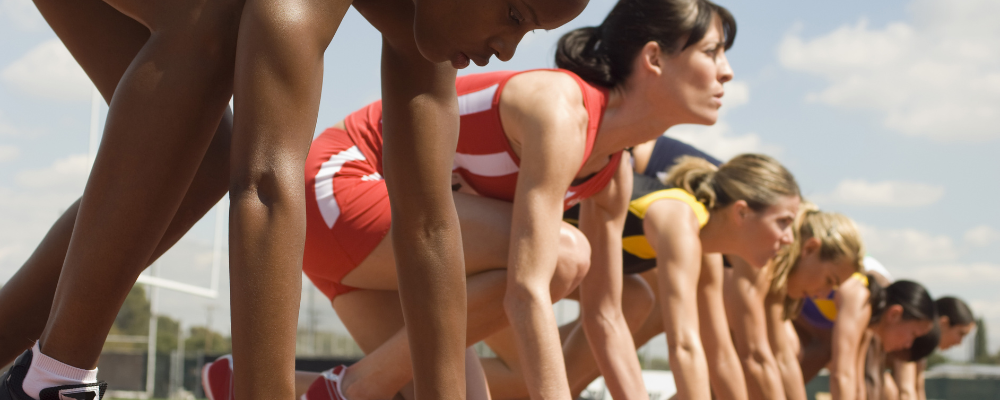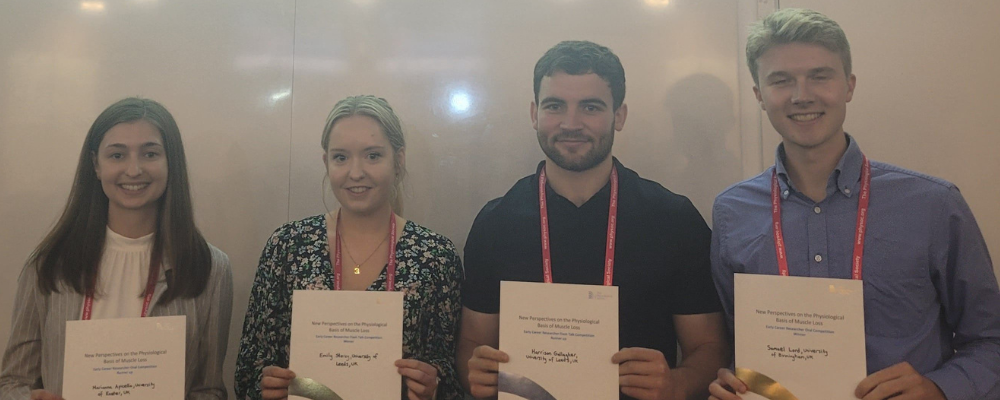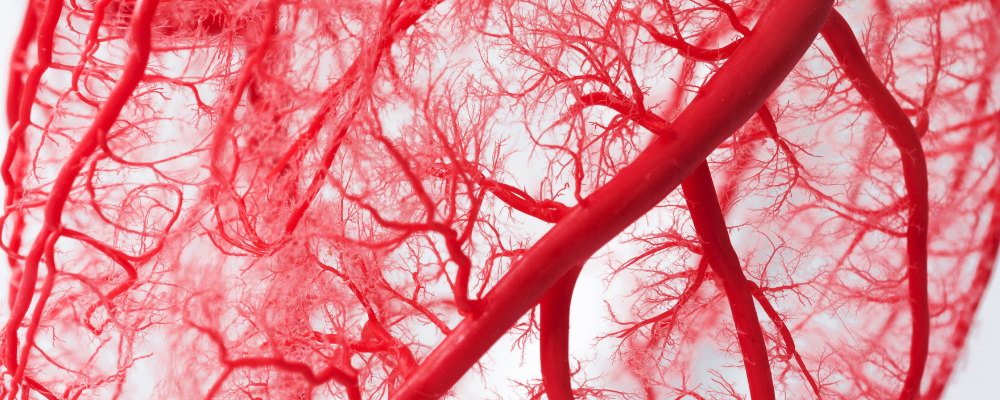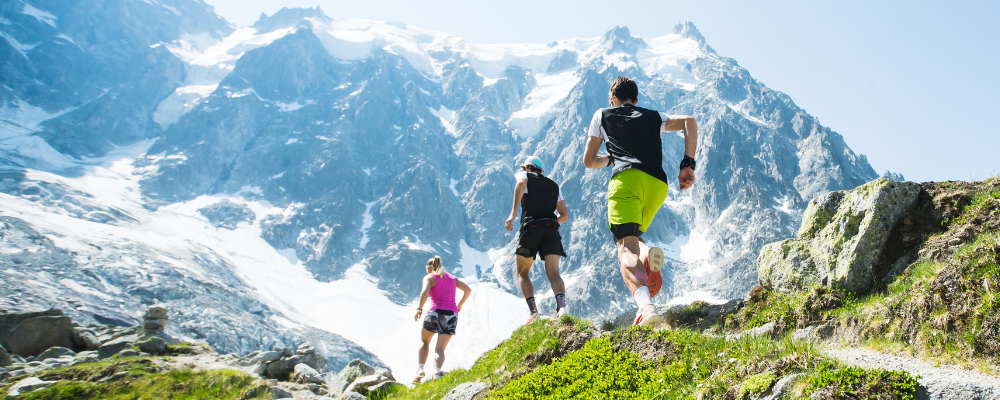
A career working on heat and altitude training
By Professor Carsten Lundby, University of Southern Denmark, Denmark
“My job is my hobby, and I consider myself lucky to get paid to investigate how the body works.” The delight in creating and testing an energy drink on his running club team during his schooling was an early thrill for Professor Carsten Lundby into investigating physiological functions. Now, Professor Lundby assists the Israel–Premier Tech pro cycling team with their heat and altitude training and provides recommendations to Nike athletes. He is one of the speakers presenting on altitude and heat physiology at our meeting, The Biomedical Basis of Elite Performance 2024. In this article, Professor Lundby shares his career journey and how a course set him on his path in exercise physiology.
“Being around such remarkable figures inspired me. From then I knew that I wanted to do what they did and work on discovering new things by applying the best possible methods. Professor Saltin’s finest piece of advice to me was to ‘Find a relevant problem, one that keeps you awake, and then attack it with the best possible methods’.”
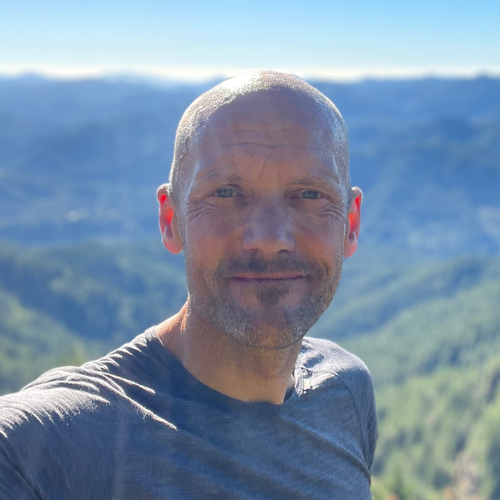
A childhood love of sports
I played a lot of sport as a kid, which piqued my curiosity early in life into how the human body functions, especially in relation to how it responds and adapts to exercise. My interest developed naturally overtime at school, as I unconsciously tested and explored exercise physiology for most of my projects. One of my favourite projects was creating an energy drink that I tested on my teammates from my running club, that was great fun to work on.
During a one-year exchange trip to a school in Texas, US, I signed up for a physiology and biology class. I didn’t really know what physiology was, but it was soon clear to me that it was a good fit with my own interests.
Influential figures in physiology
After high school, I studied Economics for a short stint, a decision mainly influenced by my parents who were both business owners. After one year, I couldn’t picture myself working in the world of economics, so I swapped to a degree in Sport and Health instead. I didn’t have a clear trajectory of where the education would take me, until I took a course in ‘O2 transport and utilisation’. That course changed my world, I loved reading all the classics in Scandinavian exercise physiology. I particularly admired Professor Bengt Saltin (1935 – 2014) for his work and research approaches.
I was fortunate that Professor Saltin was looking for research assistants to join him on a high-altitude physiology study in Bolivia, so I signed up. The research group also included the eminent researchers Professor Jerry Dempsey, Professor Benjamine Levine and Professor John West. Being around such remarkable figures inspired me. From then I knew that I wanted to do what they did and work on discovering new things by applying the best possible methods. Professor Saltin’s finest piece of advice to me was to “Find a relevant problem, one that keeps you awake, and then attack it with the best possible methods.” I still share this advice with anyone willing to listen!
Pursuing my own curiosity
One of the greatest joys from my work is the freedom to explore your own ideas, providing you have the funding of course. I enjoy the entire process of thinking how some physiological function may work, then designing a study to investigate it and reaching the end point of publishing the findings. For the last couple of years, we have worked on a sports-based theme and a more clinical oriented theme, this provides a nice balance between mostly fun inquisitive research and working on improving public health. Within our sports-based investigations, we have focused on what physiological traits, with an emphasis on traits, may limit exercise performance and how such factors could be improved, such as with altitude or heat training. Clinically, we’re studying kidney and heart failure patients and if their treatment may be improved if blood volume measurements are considered.
Working on altitude and heat exposure in athletes
When we first, met my wife summarised my research to people as, “young men come to Carstens’ laboratory wearing underwear and then they bike for hours while being measured.” A rather simplified overview, but it is not that far from reality either!
By drawing on basic physiological knowledge, this could be something like blood volume regulation, we try to come up with interventions that could assist and improve exercise performance. I enjoy the process of finding new strategies that could be used by professional athletes, one example of this is ‘heat training’. The idea grew from our general knowledge of blood volume regulations, which is now extensively used by athletes today, especially in cycling.
My research is directly applicable to humans, I value the human interaction and doing studies on human volunteers and patients. My laboratory group have never done experiments on animals. I encourage others to try to work on human participants whenever there is the opportunity to do so.
Variety feeds the mind
A colleague of mine commented that the super diverse ‘average days’ in research is one of the bonuses of continuing to work in this field. The laboratory location and set-up tend to change for each question, we have conducted research on all seven continents and even on zero-gravity flights. New questions typically require new methods to be developed or old methods to be tweaked. It is this constant evolution that stimulates me.
Unfortunately, there can be enormous inter and intra human variability in our research. This is one of the greatest challenges for our field, especially when searching for a response to a given intervention, such as exercise training, altitude or heat exposure, rather than looking for a specific physiological function. With altitude exposure for example, we see huge variation in terms of blood volume response.
Even when repeating an intervention, the results may not be replicable, as an individual may respond differently each time they are tested. We must ask ourselves, are our findings representative? Or do they only reflect a glimpse of time for that one individual at the time the study was performed and the measurements taken? In future, I hope we will be able to dramatically increase the number of study participants. We are currently analysing results from 10-20 subjects. Increasing this figure to hundreds, thousands or even more, would help overcome the challenge of variability.
The impact of heat training on sporting performance
Our research has shown that there is a very good correlation between endurance exercise performance and blood volume. In principle, if an athlete can increase their blood volume, they should improve their exercise performance. On average, both performance and blood volume will increase with sufficient heat or altitude stimulus. The key here is on average. Despite our best efforts to identify why some individuals respond more than others, I’m doubtful we will unravel why this is in my lifetime, at least with the current experimental set up.
I have been positively surprised to see how many professional athletes have either tried or have implemented heat training into their training regimes. I am assisting the Israel–Premier Tech pro cycling team and Nike athletes with their heat and altitude training. During the last couple of years, there has been a boom in the number of YouTube videos on the subject, featuring cyclists or professional team sport coaches explaining how this form of training works and its benefits. Sadly, not all accounts are scientifically accurate.
Researching heat and altitude physiology has stimulated me for 25 years, but I am taking greater and greater pleasure in inspiring young students and researchers. I like watching them grow with a project and going onto secure faculty positions or to pursue their own research passions. Mentoring the next generation is one of best parts of my work now.
Professor Lundby will be presenting his research at The Biomedical Basis of Elite Performance 2024 on 19-20 December. Taking part in the Altitude Training and Adaptation session, discussing ‘Altitude and heat exposure to increase red blood cell volume in elite sport’. Register now to hear Professor Lundby and leading experts in human adaptation and performance at our two-day meeting.

